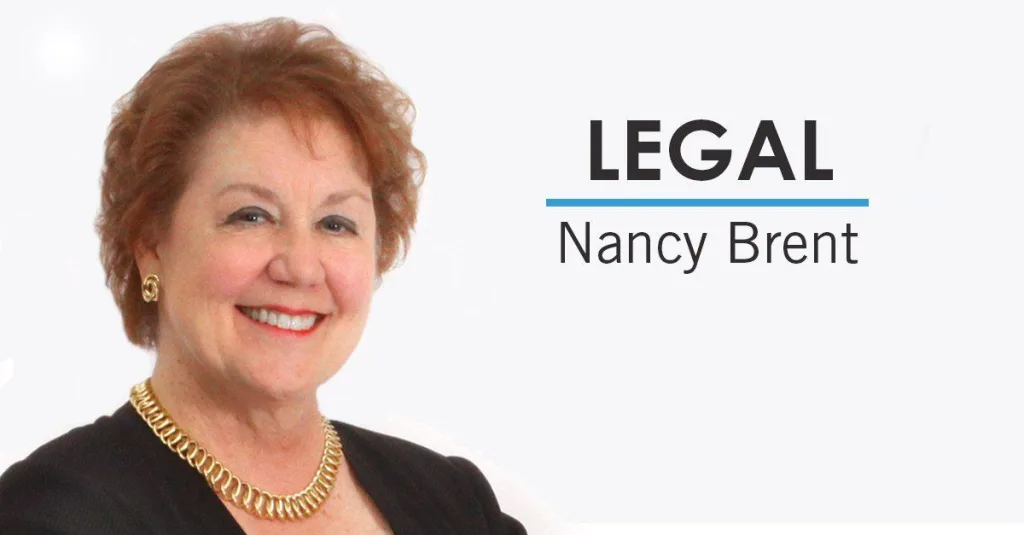An RN's or APRN's authority to pronounce a patient's death has increased over the past few years. At least 20 states, including Ohio, New York, California and Florida, have passed legislation allowing RNs and/or APRNs to do so. However, the laws vary, and the variances deal with many factors, such as where the death occurred (e.g., hospital, nursing home, home), who the RN or APRN must notify before pronouncing a patient's death (e.g., medical examiner, attending physician), the requirement that the RN or APRN was caring for the patient, and whether the RN or APRN can fill out and sign the death certificate. Clearly, the pronouncement of an individual's death is a significant obligation and it must be carried out with grace, respect and a concern for the family of the deceased. The obligation also must conform to the RN's or APRN's legal and ethical mandates. Sometimes such mandates are not always adhered to or may be difficult to determine what is required. As an example, a reader once shared her unfortunate experience with her father-in-law's death that took place at home. The patient was under hospice care and when he died, the family immediately called the hospice nurse. The nurse told the family she could not get to the home to pronounce him dead for four-to-five hours. As an RN, she wanted to declare her father-in-law's death but did not have the legal authority to do so. Understandably, this situation was appalling and very stressful for the entire family, including the RN. In another instance, a reader who was house supervisor reported to work and was told that a patient, who was a DNR, had died several hours before and the primary physician was out of town. The physician who was covering was unable to come to the facility to make the pronouncement. Following facility policy, the RN contacted the ED physician, but he also refused to make the pronouncement because he was too busy. By now the patient had been dead for at least five hours and the family remained in the patient's room. After contacting the chief of staff for help with no results, the RN pronounced the patient dead and documented her assessment in the medical record. The RN was suspended and accused of practicing medicine without a license. A meeting with the director of nursing was next on the agenda. In both of these instances, policies, procedures and regulations were in place for the pronouncement of death to occur in a timely manner. But it did not happen. Both RNs were courageous and ethical in their respective situations, one heeding her helplessness and the other taking action. If you have the authority to pronounce death, be certain to know the requirements of this obligation and maintain those boundaries, not only in the process of pronouncement itself, but also by carrying out your responsibilities in a timely manner. NOTE: Nancy Brent's posts are designed for educational purposes and are not to be taken as specific legal or other advice.
Grow your nursing skills with these trending CE topics
60185: Advanced Practice Nurse Pharmacology  (25 contact hours) Written and rigorously peer reviewed by pharmacists and advanced practice nurses, this course features a wide range of medical conditions and the medications associated with them. Chapter topics include hypertension, diuretics, GI, critical care, sexually transmitted diseases, asthma, oncology, non-opioid analgesics, diabetes, weight loss, mental health conditions and more. APN tips are featured throughout the chapters to help clinicians in their prescribing practices. This course will help APNs meet the new ANCC 25-contact hour pharmacology requirement for recertification. WEB332: Empathy 101 for Nurses: How to Care for Yourself While Emotionally Supporting Others (1 contact hour) Nurses are called to care. They apply evidence-based practice, clinical knowledge and critical thinking with compassion and empathy. Join this webinar to learn the difference between empathy and sympathy, and how to recharge and take care of yourself in order to better take care of patients. WEB338: It's Just a Stage 1 Pressure Injury. Or is it? (1 contact hour) The National Pressure Ulcer Advisory Panel modified descriptive language from pressure ulcer to pressure injury in 2016. Since skin can look very different based on an individual's skin tone, it's important to fortify assessment skills with tips you can use to help prevent "missed" deeper injuries.
(25 contact hours) Written and rigorously peer reviewed by pharmacists and advanced practice nurses, this course features a wide range of medical conditions and the medications associated with them. Chapter topics include hypertension, diuretics, GI, critical care, sexually transmitted diseases, asthma, oncology, non-opioid analgesics, diabetes, weight loss, mental health conditions and more. APN tips are featured throughout the chapters to help clinicians in their prescribing practices. This course will help APNs meet the new ANCC 25-contact hour pharmacology requirement for recertification. WEB332: Empathy 101 for Nurses: How to Care for Yourself While Emotionally Supporting Others (1 contact hour) Nurses are called to care. They apply evidence-based practice, clinical knowledge and critical thinking with compassion and empathy. Join this webinar to learn the difference between empathy and sympathy, and how to recharge and take care of yourself in order to better take care of patients. WEB338: It's Just a Stage 1 Pressure Injury. Or is it? (1 contact hour) The National Pressure Ulcer Advisory Panel modified descriptive language from pressure ulcer to pressure injury in 2016. Since skin can look very different based on an individual's skin tone, it's important to fortify assessment skills with tips you can use to help prevent "missed" deeper injuries.






